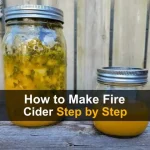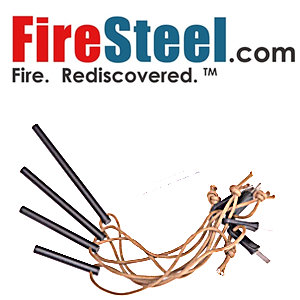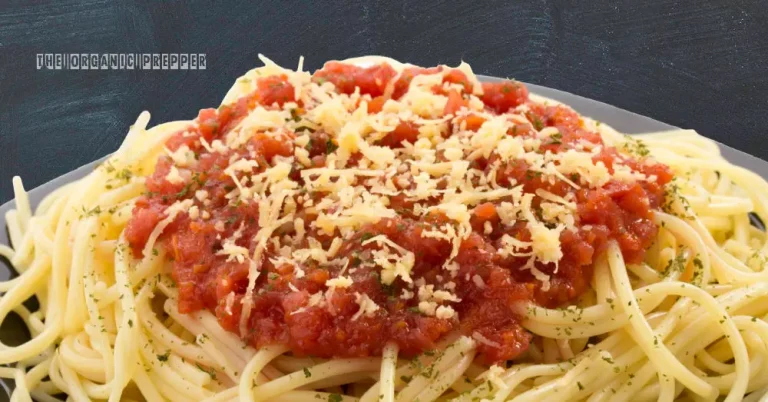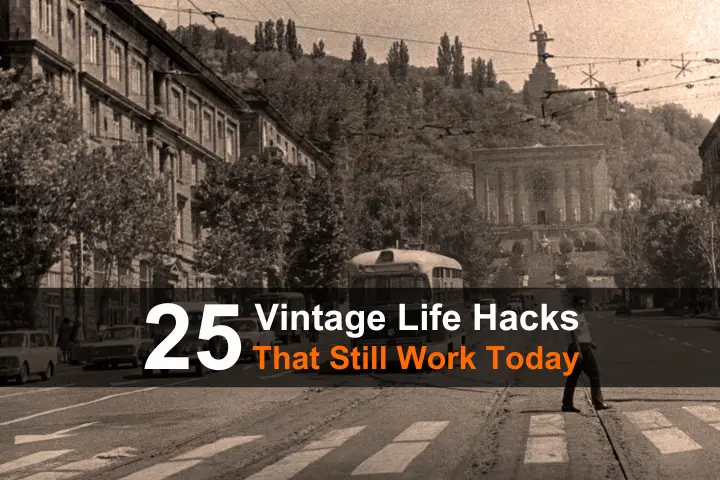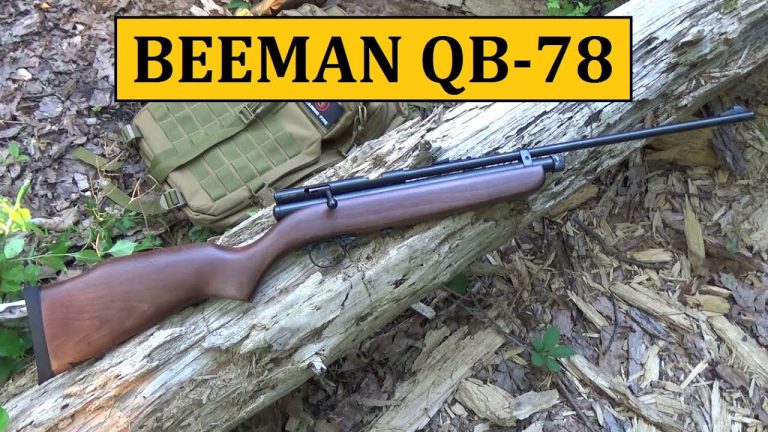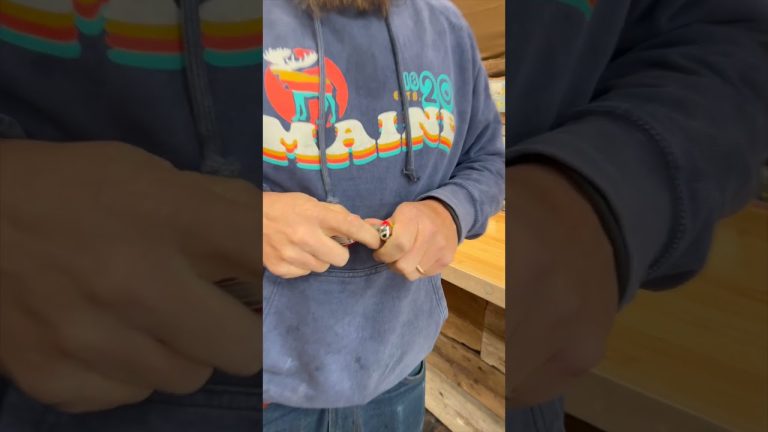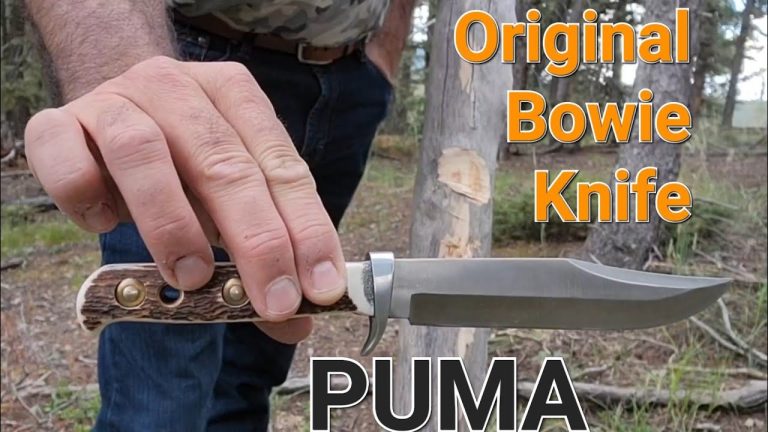The original 5 C’s of survival and later the expanded 10 C’s of survival stand the test of time. The principle is useful to newbies and seasoned survivalists, especially as it pertains to building a survival kit.
These elements of survival basics are well worth remembering (and practicing).
Dave Canterbury, the author of “Bushcraft 101” and “Advanced Bush Craft”, first came up with the concept that he calls the 5 C’s (and then the 10 C’s of survival).
When putting together a minimalist (or any) basic survival kit, consider these categories for survivability. It will help determine what product you might choose to fulfill the categorical purpose of each “C”.
The choices are up to you, but the 5 C’s and 10 C’s of survival are great guidelines. I will list them here with examples and also include a few videos of Canterbury talking about the concept below.
Cutting
Combustion
Cover
Container
Cordage
5 C’s of Survival
Before listing the 10 C’s of survival, these first 5 are the core elements of survivability. They are categories – items that would be difficult to reproduce in an outdoor situation if you didn’t already have them with you.
Cutting Tool
The most difficult thing to reproduce in an outdoor situation. A high quality knife, preferably in a sheath and strapped to your belt. I recommend a full tang knife (for strength).
I’ve written several articles on the survival knife, including this one about “batoning” wood:
[ Read: How to Baton Wood and Why ]
When you purchase through links on my site, I may earn an affiliate commission at no extra cost to you.(Learn More).
Morakniv
(amzn)
Combustion Device
You need ‘something’ that will start a fire, whether the environment is wet or dry. And the ability / “know-how” to do it.
[ Read: Fire Starting Kit List of Essentials and More ]
>> FireSteel – World’s Best Firestarter Rods
(view at FireSteel.com)
Cover
Cover & Shelter to protect you from the elements. This could be a wool blanket, a tarp, a Mylar foil blanket, etc. Even your clothes and outerwear are considered among the “shelter” category once you start digging into it.
Maintaining a safe body core temperature is paramount to survival.
Heavy Duty Survival Blanket
(view on amzn)
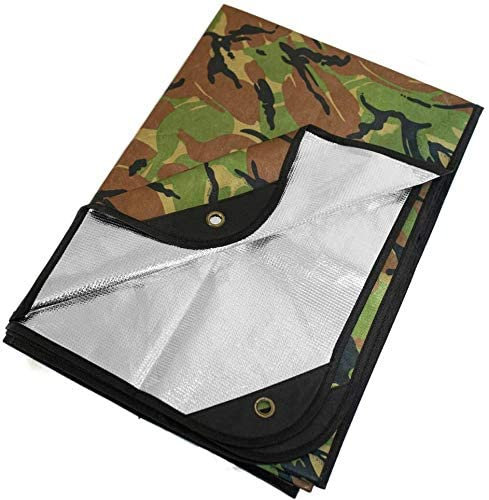
Container
A container capable of boiling water (such as single-walled stainless steel), or cooking. Enables water purification and cooking of foods.
Stainless Camp Cooking Container
(amzn)
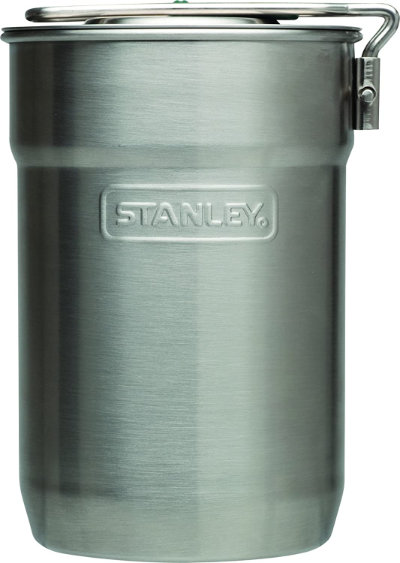
Cordage
Paracord, rope, twine, etc. will facilitate building shelter and other uses.
Paracord | Genuine Mil Spec Type IV 750 LB

10 C’s of Survival
These are the expanded elements of survivability that you might consider to augment your survival kit even further.
Candlelight
Flashlight or a Headlamp (LED) for hands-free operation. Here’s a related article:
[ Read: Headlamp vs Flashlight | The Pros & Cons ]
A HIGH-QUALITY Headlamp:
PETZL ACTIK CORE Headlamp
(amzn)
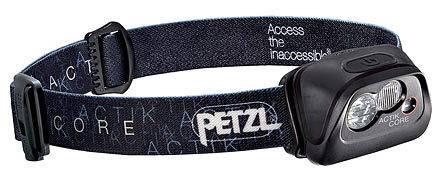
Cotton Bandana
Any cotton material (~ 3×3 feet) can be used for headcover, cleaning, filtering water, making char-paper, etc.
Military Army Trainmen Paisley Large Bandanas (27?)
(amzn)
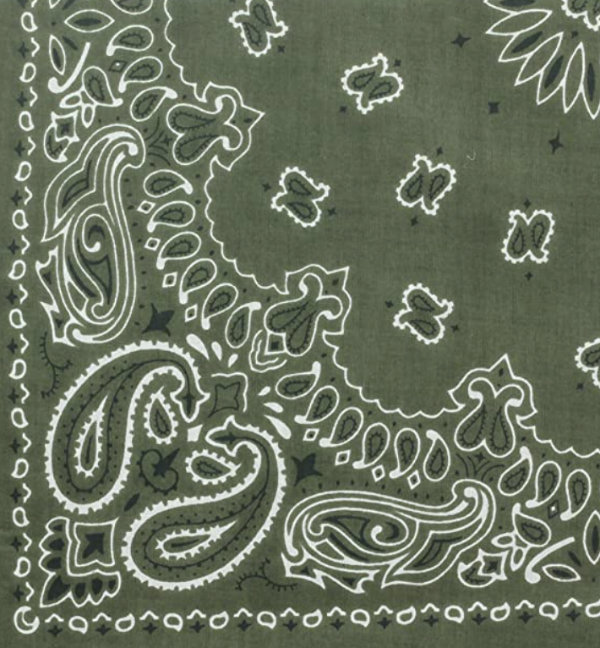
Compass
A quality compass for navigation.
Military Lensatic Tactical Compass
(view on amzn)
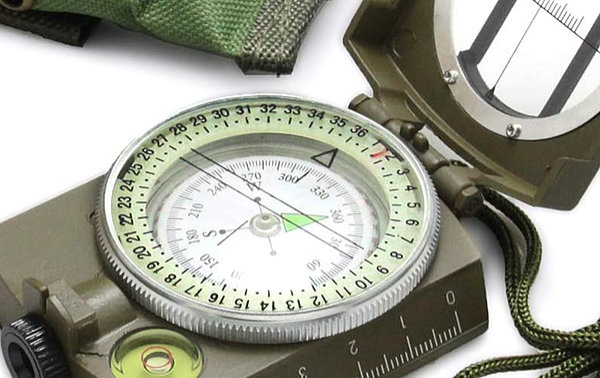
Cargo Tape
Also known as Duct tape. For repairs, making things, and a zillion other uses! Wind up your own mini-roll for your kit.
You can’t beat this stuff:
DUCK Tape
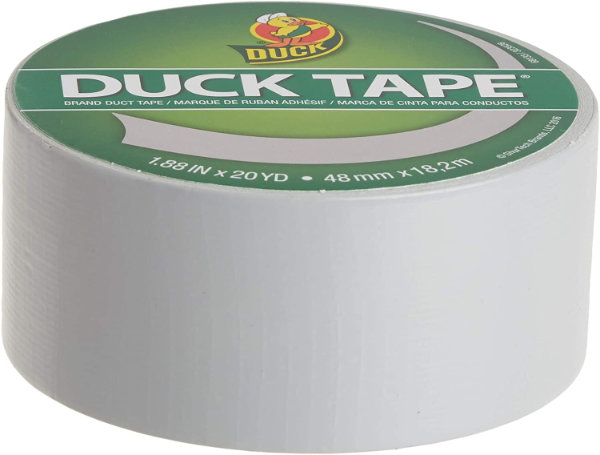
Canvas Needle
A heavy-duty needle for repairs, sewing, and many other uses.
Leather | Canvas Needle
(amzn)
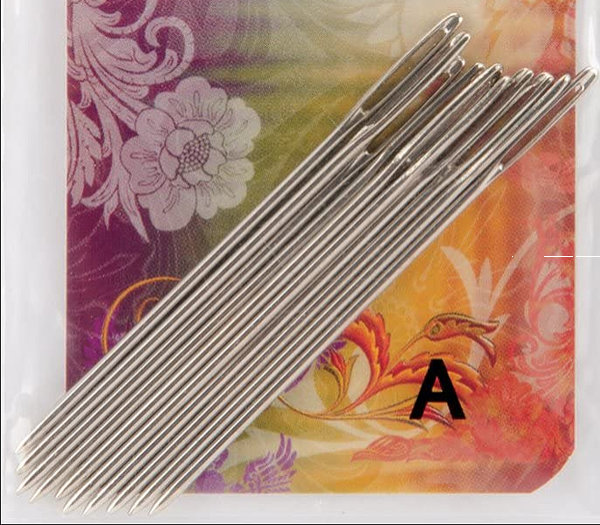
5 & 10 C’s Video
The following two videos are Dave briefly explaining the 5 C’s and 10 C’s of survival.
I have no affiliation with Dave Canterbury. Though his advice is sound. I first saw him back in 2010 on the Discovery Channel TV series ‘Dual Survival’ (he was on 2 seasons). Canterbury is currently the owner and one of the instructors at the Pathfinder School in southeast Ohio.






